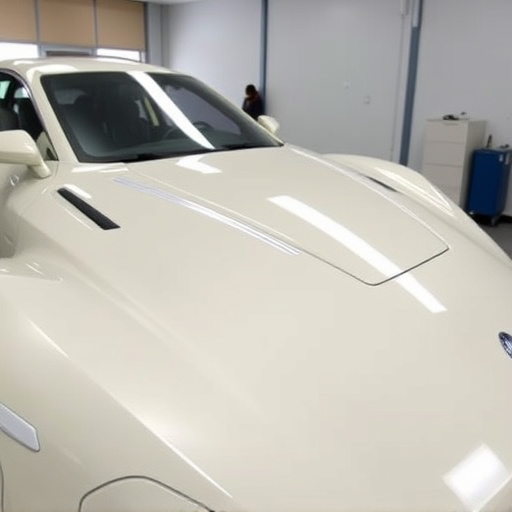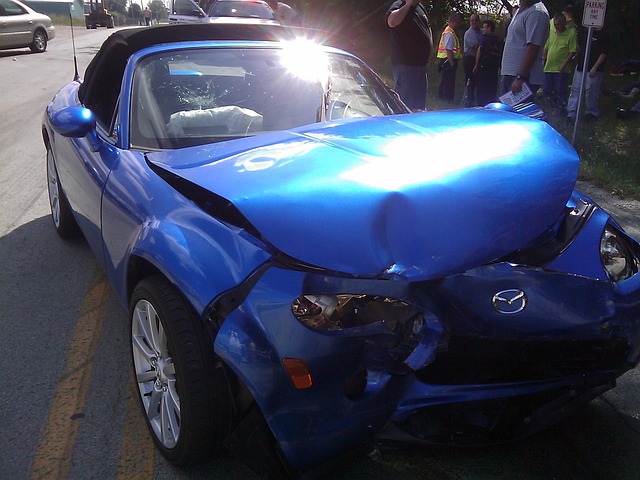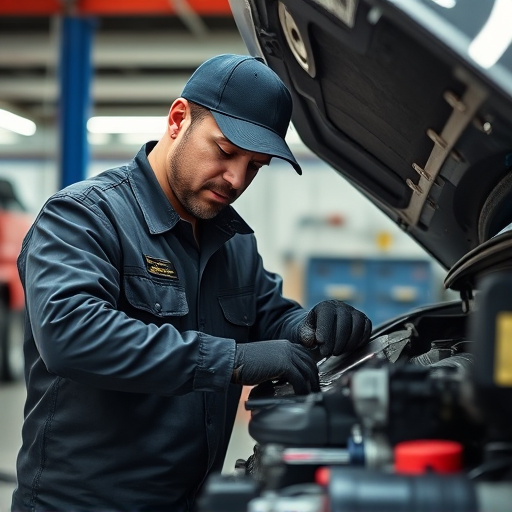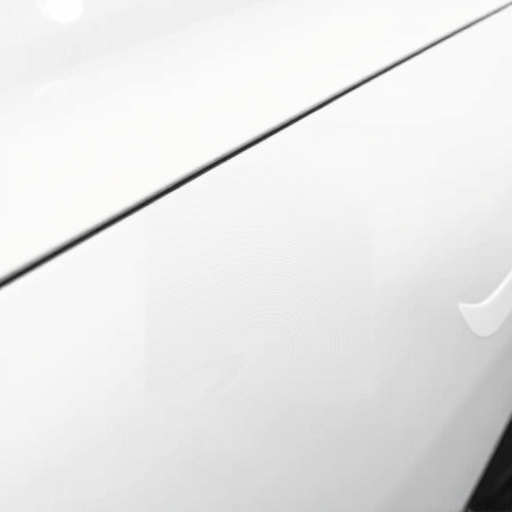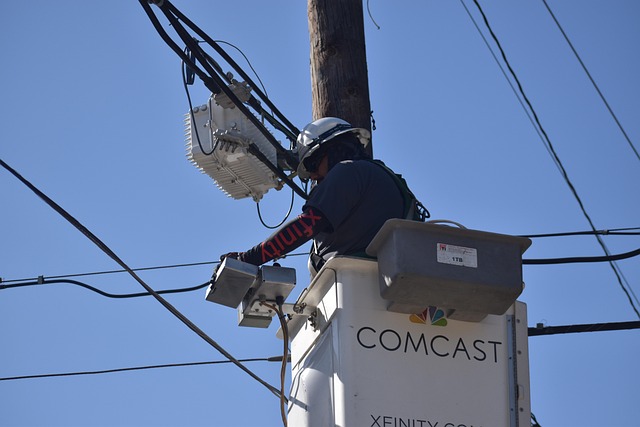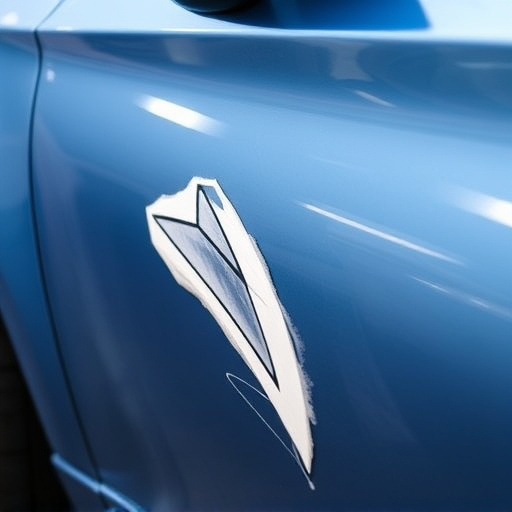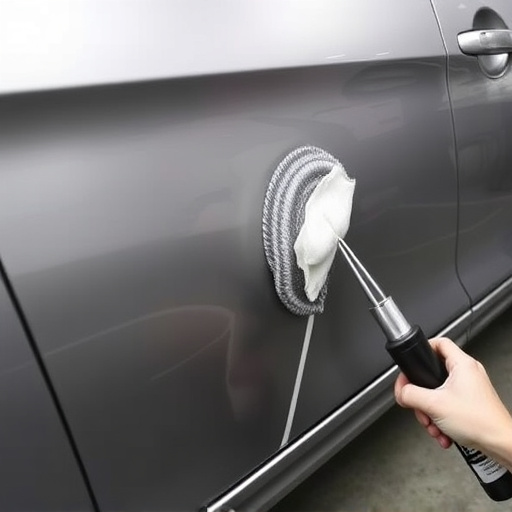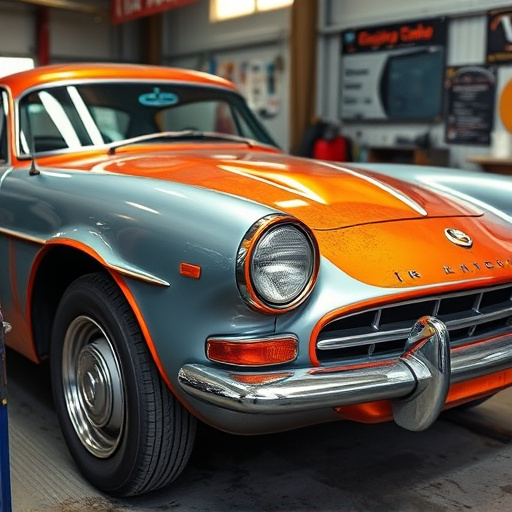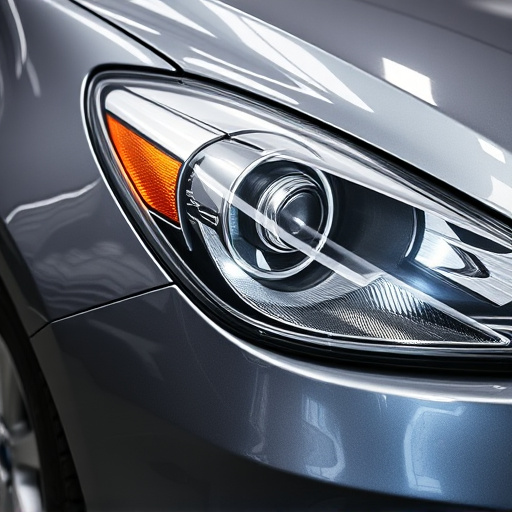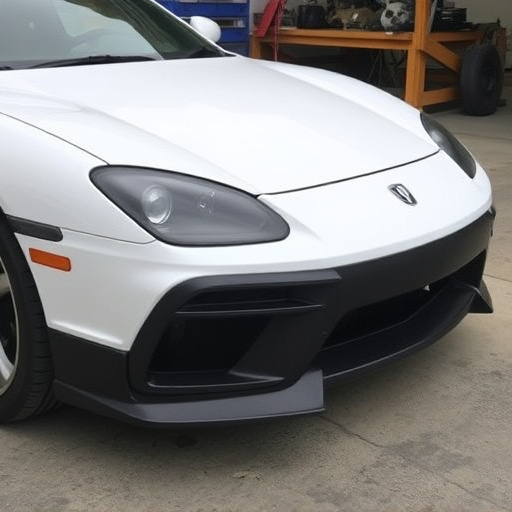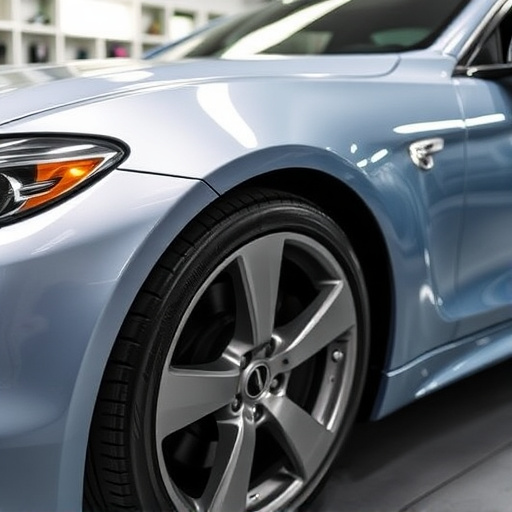Word-of-mouth recommendations strongly favor PDR for minor dents due to its effectiveness and affordability. As a non-invasive technique using specialized tools, PDR preserves original finishes and saves time & money compared to traditional body work. A study confirms PDR's superiority in efficiency, cost, and speed for small dings and dents, minimizing downtime and surface disruption without painting or part replacements.
Discover the transformative power of PDR (Paintless Dent Repair) for minor dents. This innovative technique is revolutionizing auto care, offering a quick, efficient, and cost-effective solution. In this article, we explore real-life testimonials from satisfied customers who have experienced the benefits firsthand. We also delve into the science behind PDR and conduct a comparative study with traditional repairs to highlight its superior advantages for small dings.
- Real-Life Testimonials: Customers Share Their Experiences
- The Science Behind PDR: How It Works for Minor Dents
- Comparison Study: PDR vs Traditional Repairs for Small Dings
Real-Life Testimonials: Customers Share Their Experiences

In the world of auto repair, word-of-mouth recommendations carry significant weight. Customers who have had positive experiences with PDR for minor dents are eager to share their stories, serving as a testament to the effectiveness and affordability of this repair method. Many have found relief from seemingly daunting car collision repairs, turning to PDR as a cost-effective alternative to traditional auto body work.
These real-life testimonials paint a clear picture: PDR for minor dents is not just a marketing buzzword but a game-changer in the realm of vehicle dent repair. From smooth surfaces left after careful restoration to significant time and money savings, customers are raving about the results. If you’re on the hunt for reliable car collision repair or need a quick fix for those pesky little dents, considering PDR could be a smart move.
The Science Behind PDR: How It Works for Minor Dents

The Process of PDR (Paintless Dent Repair) is a scientifically advanced technique that has revolutionized car damage repair, particularly for minor dents and scratches. It involves specialized tools and expertise to reshape and realign the damaged area of a vehicle’s body panel without the need for traditional painting or significant part replacements. This non-invasive method uses precision instruments, such as dent pullers and tampers, to gently apply pressure, lifting the dent out from within. The key lies in accessing the hidden energy that caused the dent and releasing it back into the metal, allowing it to return to its original shape.
PDR is an art and science combination, where technicians must understand metallurgy and the unique properties of different car body materials. By using heat and specialized tools, they can adjust the metal’s flexibility, making it easier to manipulate and restore. This method is particularly effective for hail damage repair, as it preserves the factory finish, ensuring that your vehicle looks as good as new without the high costs and downtime associated with conventional auto repair near me methods.
Comparison Study: PDR vs Traditional Repairs for Small Dings

A comparison study between PDR (Paintless Dent Repair) and traditional repairs for small dings and dents reveals a significant advantage in favor of PDR. This non-invasive method has proven to be an efficient and cost-effective solution for minor dent repair, making it a popular choice among collision repair services. Unlike traditional methods that often involve sanding, painting, and significant time for drying, PDR is a quicker process that preserves the original factory finish.
The benefits of PDR are numerous, including reduced downtime, minimal disruption to the vehicle’s surface, and no need for costly replacement parts. This makes it an ideal solution for hail damage repair as well, where multiple small dents might occur simultaneously. By using specialized tools and techniques, dent repair experts can effectively remove dents while maintaining the car’s aesthetic appeal, ensuring customers get their vehicles back in top condition faster and with less expense.
In light of the above discussions, it’s clear that PDR for minor dents offers a highly effective, efficient, and cost-saving solution. Backed by real-life testimonials, scientific understanding, and comparative studies, PDR proves its worth as a preferred method for addressing small dings and dents. By choosing PDR, individuals not only restore their vehicles’ aesthetic appeal but also benefit from a quicker turnaround time and significant cost savings compared to traditional repairs.
